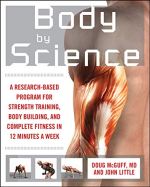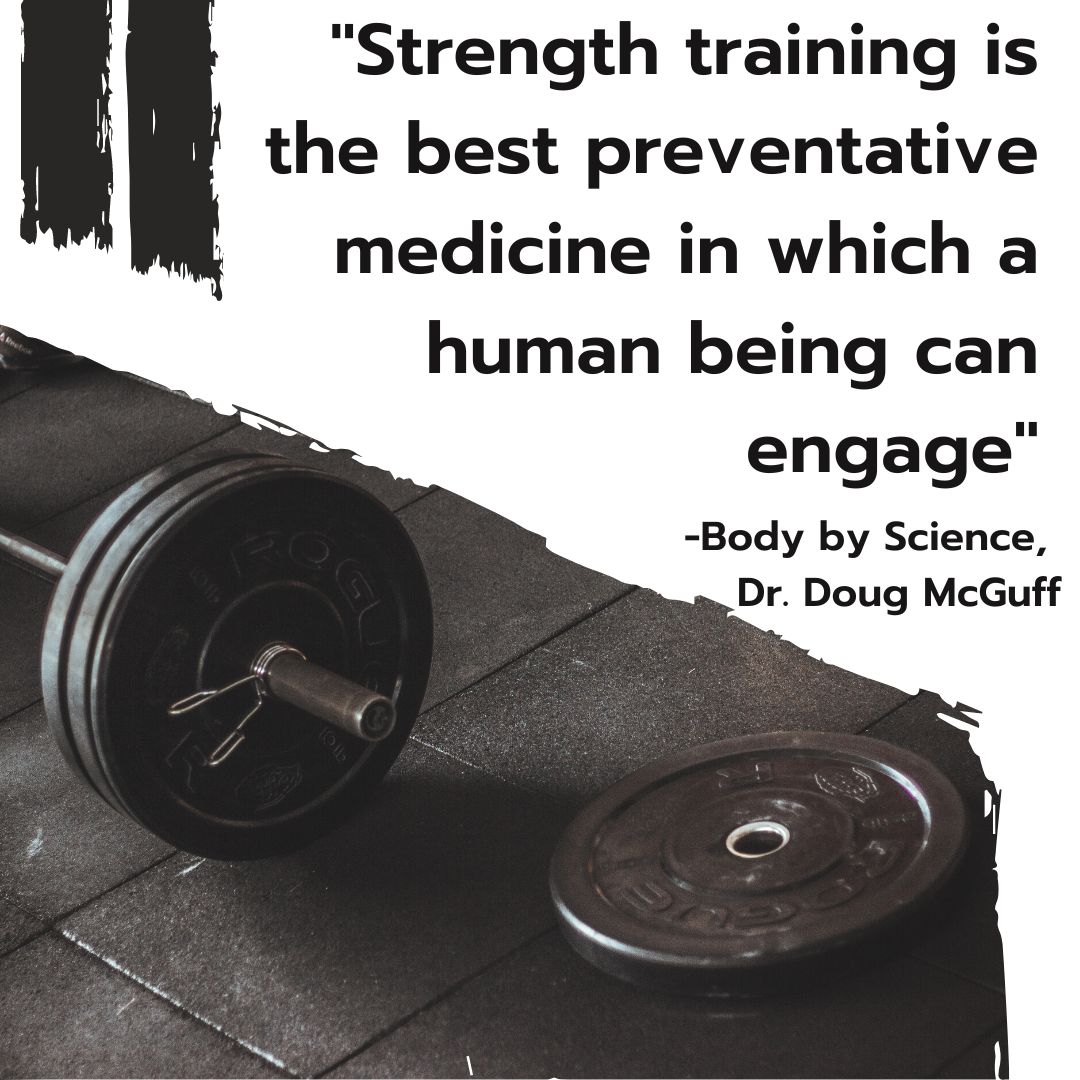Get my Free Quick Start Guide PDF and Get Started with a full course Safe Strength Training on Gym Machines!
Strength Training Routines
There are so many different strength training routines out there.
So how should we rate them and pick from all the different options?
The first question is - how much does safety matter to you?
My hope is that you said "safety matters a lot". If safety, effectiveness, and efficiency are three important factors for you I would like to introduce you to high intensity strength training (HIT). I've seen my clients get faster muscle growth than with any other method, ever.
But I also want to go through some other fitness systems and discuss their impact on the body.
Strength Training Routines - Aerobics isn't Strength Training

A lot of people may feel that systems of aerobics classes holding weights is an example of strength training routines.
But these classes aren't good for impacting the muscles in a way to cause maximum growth at all.
What are aerobics good for?
Aerobics can help us burn fat in the moment that we are performing the activity. They also may help us increase our capacity for breathing, but not much else.
The main problem is that aerobics do not bring our resting metabolism up any higher, so when we aren't performing aerobic activity our "baseline" metabolism goes right back to where it was.
Compare this to high intensity strength training, where we can build 5-10 pounds of muscle quickly, and our daily resting metabolism will increase to burn another 375 calories, simply with our body sitting still.
My recommendation if you are seeking a program for strength training is to seek out the fastest way to build muscle, the Body by Science high intensity strength training method.
Aerobics is still an option, in addition to actual strength training, but please (for your own benefit) put the weights down while moving your body, doing fast jerky motions while holding weights can injure your joints very easily.
Strength Training Routines - Crossfit is Injury Prone

Of all the strength training routines we could discuss, crossfit is one of the more dangerous options, especially for older adults.
In our 20's and 30's we really don't put much mental intention into whether or not we are damaging joints or straining muscle groups.
Crossfit is a high impact workout.
What I mean is, we are impacting our joints above what is normal taxation.
I'll give a better example here - just from the picture alone.
Crossfit involves holding really heavy weights, and doing very high impact ballistic movements, aka - jumping up and down and moving our joints in a very fast manner.
Doing this kind of activity is dangerous, in itself, long term for joints even if we aren't holding a huge weight or a tire above our heads.
Will you build muscle with crossfit? Yes. Will it be efficient and safe? No.
Will you burn fat with crossfit? Yes. But again, we are examining a RISK vs RESULT situation.
For fast and safe muscle growth I encourage individuals to try high intensity strength training and fatigue your muscles completely for the maximum muscle growth.
Strength Training Routines - Traditional Sets / Reps on Equipment
With these strength training routines where we simply count reps and sets then stop, what am I talking about?
If you go to a corporate gym this is the method that everyone uses.
The person exercising will do 10 repetitions, while setting the weights down between each.
Then they'll do another four sets of this, maybe.
They're spending hours a week in a gym for minimal returns. Why do I say they are only getting minimal returns? Because the actual science behind strength training validates this completely.
We can achieve faster muscle growth than this method in a fraction of the time.
Watch my video below about getting to full muscle fatigue and find out why this matters.
So, what do I suggest instead?
Super slow high intensity strength training is the method I use with every one of my clients, because it creates a maximum stability between the three important factors of strength training -
- Effectiveness
- Efficiency
- Safety
This includes some important strength training principles and guidelines - for one, we do not want to set the weights down between repetitions, we want to reach "momentary muscular failure".
For two, we want to eliminate momentum and move at a very slow repetition pace. You will be able to FEEL the difference in the muscles and know you are getting a better workout, only safer and more efficient than you've ever felt.
Changing just those two factors will help you reach much higher gains of muscle growth while keeping your joints safe from injury.



